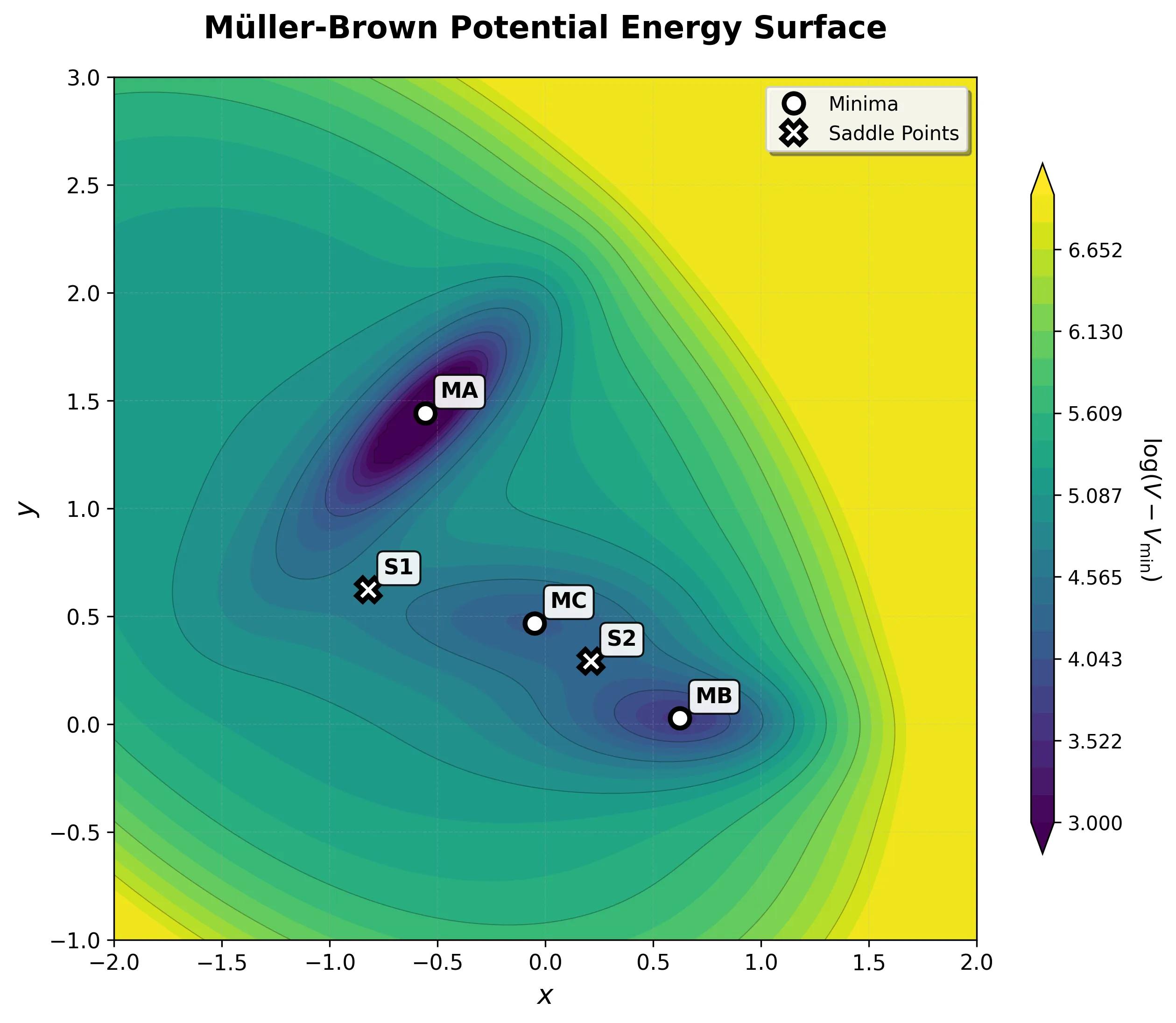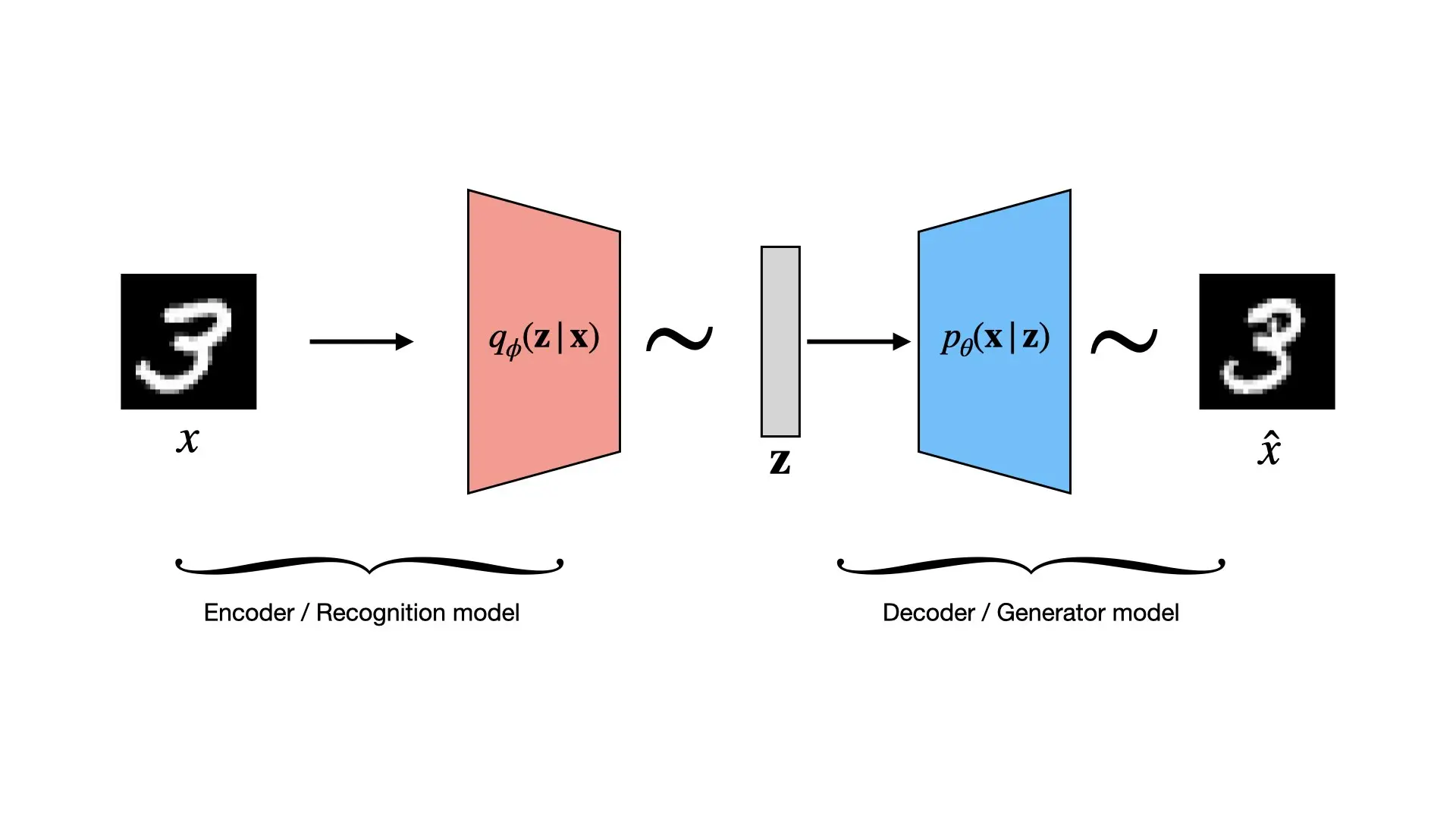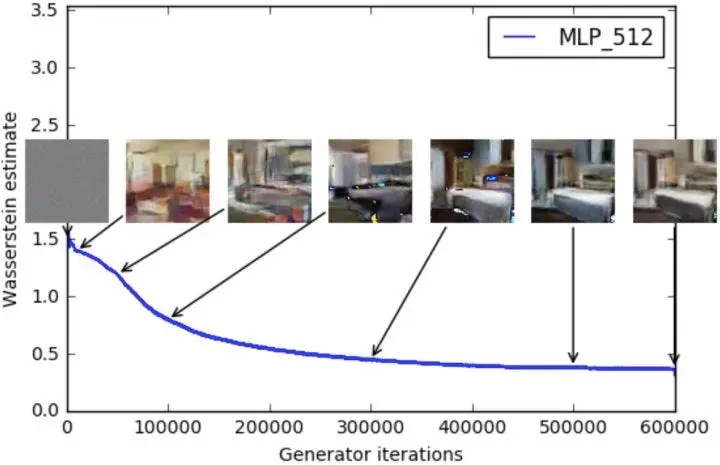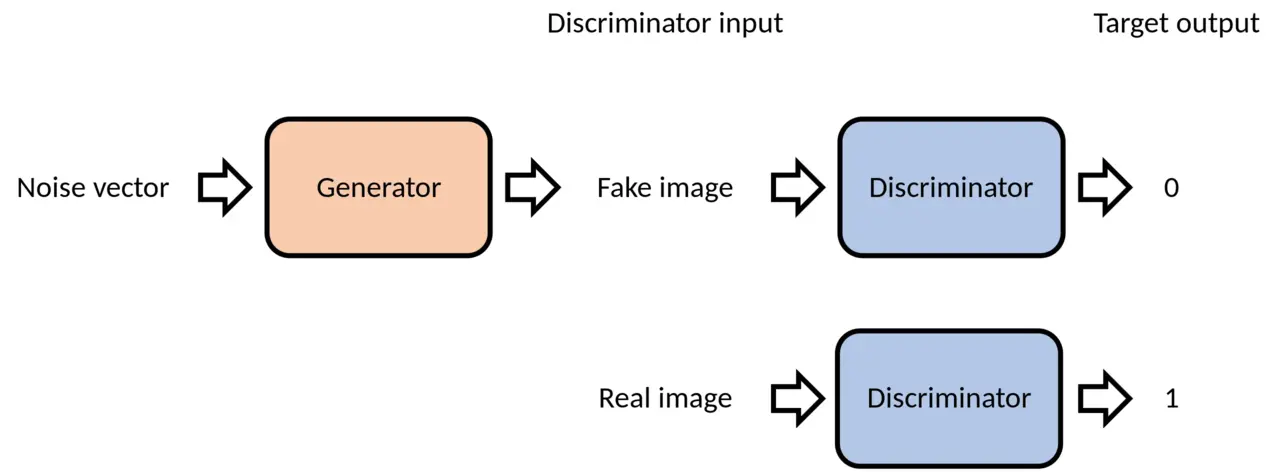
Implementing the Müller-Brown Potential in PyTorch
Guide to implementing the Müller-Brown potential in PyTorch, comparing analytical vs automatic differentiation with …

Guide to implementing the Müller-Brown potential in PyTorch, comparing analytical vs automatic differentiation with …
Ablation study of neural network components for forecasting, finding gating and attention improve RNNs while recurrence …...

VAE tutorial using modern PyTorch: torch.distributions, optimization techniques, numerical stability, and implementation …

How HyperNEAT uses indirect encoding and geometric patterns to evolve large-scale neural networks with biological …

Learn about NEAT's approach to evolving neural networks: automatic topology design, historical markings, and speciation …

Complete guide to GAN objective functions including WGAN, LSGAN, Fisher GAN, and more. Understand which loss function to …

Learn about GANs with intuitive explanations and mathematical foundations. Learn how adversarial networks generate …